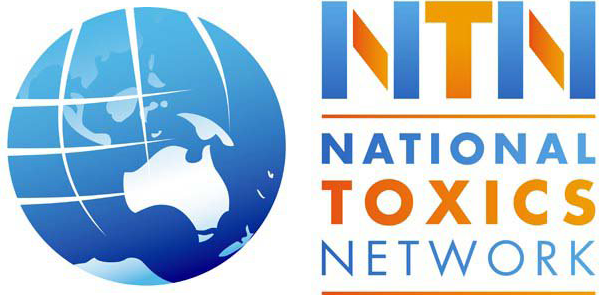Nanomaterials are used in a wide range of consumer products including sunscreens, sporting clothes, stain resistant textiles, electronics, paints and packaging, yet as a relatively new technology, nanomaterials remain unregulated and unlabelled.
The term ‘nanotechnology’ describes materials, systems and processes that exist or operate at the extremely small scale of a few hundred nanometres (nm) or less. To put a nanometre in context: a strand of DNA is 2.5nm wide, a red blood cell is 7,000 nm and a human hair is 80,000 nm wide. Nanoparticles are extremely tiny particles used for their novel properties. Manufactured nanoparticles are already in use in hundreds of products including sunscreens, cosmetics, foods, food packaging, clothing, agrochemicals, industrial catalysts etc.
While man made nanomaterials already have many applications, there is huge uncertainty regarding the health impacts of nanoparticles. The toxicity of nanoparticles is affected by a range of factors including size and shape, chemical composition, and surface properties such as charge, area, reactivity, and any coating. Different forms of nanoparticles of the same chemical composition can have very different toxicities.Even substances considered safe have toxic effects when nanosized. For example, Zinc an essential nutrient, yet is hazardous in nanosize, (e.g., zinc fumes from welding) and can cause permanent lung damage. In vitro (test tube) and in vivo (on animals) studies have shown that manufactured nanoparticles which are now in widespread commercial use including zinc, zinc oxide, silver, and titanium dioxide, pose new toxicity risks. Two separate studies published in 2008 found that certain carbon nanotubes cause asbestos-like pathogenicity and the onset of mesothelioma in test mice. Nanosized titanium dioxide has been shown to cause an ‘emphysema-like’ lung injury in mice when inhaled while nanosized aluminum oxide can affect and even kill specialized cells in the human brain.A small number of clinical studies suggest that nanoparticles and small microparticles that are not metabolised can over time result in granulomas, lesions, cancer or blood clots. Some sectors of the public face greater risks than others, including workers who may experience routine occupational exposure to nanoparticles.
Nanoparticles Can Cross the Placenta
Due to their size, nanoparticles may move into cells and damage genetic structures, travel along nerves, and create problems throughout the body. In 1996, researchers showed that ‘fullerenes’, a common nanoparticle, move into mouse embryos via maternal blood. This severely disrupted foetal development. They were administered into pregnant mice at various doses. Even at the lowest dose, the cell function was damaged. Fullerenes are used in women’s makeup. In 2009, researchers provided more evidence that some nanoparticles can cross the placenta, posing particularly significant risks to developing embryos. When administered to pregnant mice, the nanoparticles found their way into the brain and testes of the offspring.
Some nanoparticles have been shown to have a potential for biomagnification and bioaccumulation in the environment.
Nanotechnology Risks Unregulated
The overwhelming majority of nanoproducts reach the marketplace without being subject to any nanoparticle-specific safety assessment. Nano-containing products are not required to be labeled and without mandatory labelling and registration of nano-products, no one, not even governments, knows which products contain nanoparticles. NTN is working with other NGOs to ensure all nanomaterials are fully assessed and labelled before they enter the marketplace.
Read more :
NTN Submission to NICNAS Regulatory Consultation on Nanotechnology, February 2010
Friends of the Earth Nanotechnology Project and their Safe Sunscreen Guide



